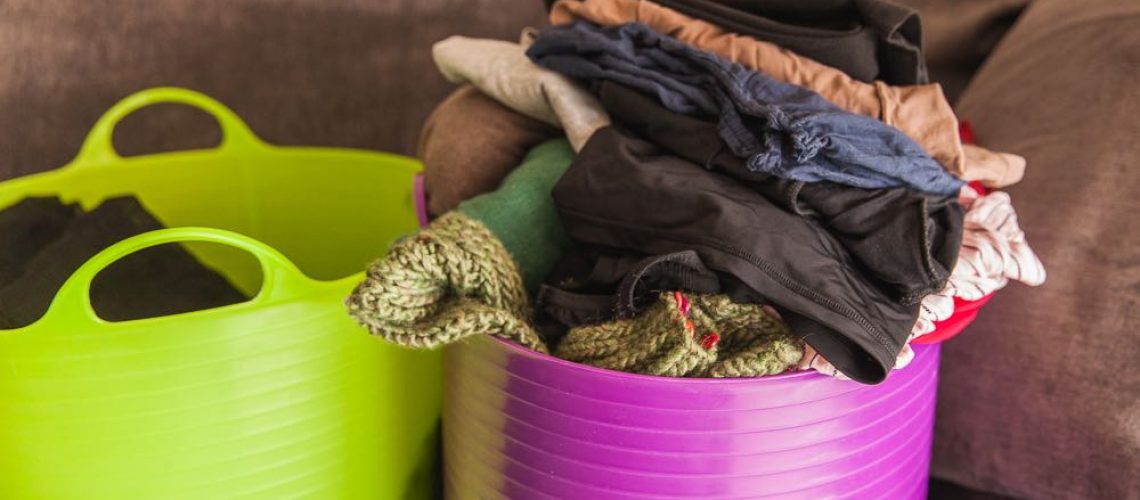Before I explain what the 60/40 time split is, let me start out by saying, I’m not the type of organiser who has one simple solution to fix your decluttering issues. I’m a details person, so I see that there are many factors that play into why people have clutter. Humans are complex. We have lots of things going on, so one tip won’t solve your decluttering woes. There are certainly several elements that I think are vital to having a successful decluttering session. One is to set a realistic timeframe aside per declutter session. I also prefer my process, the Six Tub Approach, over others. In saying that though, if you only took away one tip from WellSorted, what I am going to share with you in this post would probably be it.
The crucial step that I’m talking about is finishing the process. By that I mean, deal with the items you’ve worked through. The key to doing this is to split the time you have for organising. The time split itself isn’t that important, it’s more about what you achieve in that last section of time!
The 60/40 Time Split Explained
What am I talking about? Well, it’s best explained with an example. Let’s imagine that you’ve set half an hour aside to declutter your junk room. Split this half hour up into two parts: a 60/40 time split. Spend 60% of the time sorting through the items, making decisions on if they stay or go (and placing them in the WellSorted Tub system). Then spend the remaining 40% of the time dealing with and processing what you put into those tubs. That would be 20 minutes sorting, and 10 minutes of putting items away. In the last 10 minutes, you’ll put the recycling into the external recycling bin, the rubbish into the rubbish bin, the Other Room items away in their proper homes around the house, giveaway items into a labelled bag, and so on.
That last (crucial) ten minutes, might include setting up homes for items that don’t yet have a designated spot in your house. It might be a (mindfully selected and labelled) temporary home but this is preferable to dumping them in the vicinity of their intended future home. For example, stationery that will live in the junk room, I mean, office cupboard once I clear through all that crap in the way. Pop this stationery in a box or bag labelled ‘Stationery’ and add to this temporary home as you go until you can access the location it will eventually live. Dumping it carelessly at the front door of the soon to be home office, means you’ll have to process it again. I call this the ‘dump and run’.
The Crucial Last Decluttering Step
I cannot stress enough that this is the step you should always follow through on. Even if your decluttering session is literally deciding on just one item, make sure that one thing is put where it belongs. You’ve taken the time to look at it, think about it, and decide if it belongs in your life. Don’t let it take up your time again but re-evaluating it in two weeks’ time. Get it into its home! The tub system allows you to do this en masse within your allocated timeframe.
The opposite is that (and I hear this so frequently) after working tirelessly for hours decluttering a room, getting through lots of stuff, you are fatigued. You promise yourself you’ll return to the space after a cup of tea and finish up, but you don’t get to it until two weeks later and you’re not really quite sure what what’s anymore.
So why not try splitting your realistic timeframe 60/40 and commit to putting those items away. At least you’ve successfully dealt with those items and fully put them through your process. That’s success, and progress. One item dealt with completely is better than twenty items considering, thought about and not put away or dealt with.
Plus, next time you’re ready to do more, you’re starting afresh with stuff you haven’t looked at yet. That always makes you feel better than the alternative of picking up something and thinking, “I’ve looked at this ten times already, why is this still here!?”
I’d love to hear your comments on the 60/40 time split and this crucial last step! Why not share them in the WellSorted Facebook Group?







